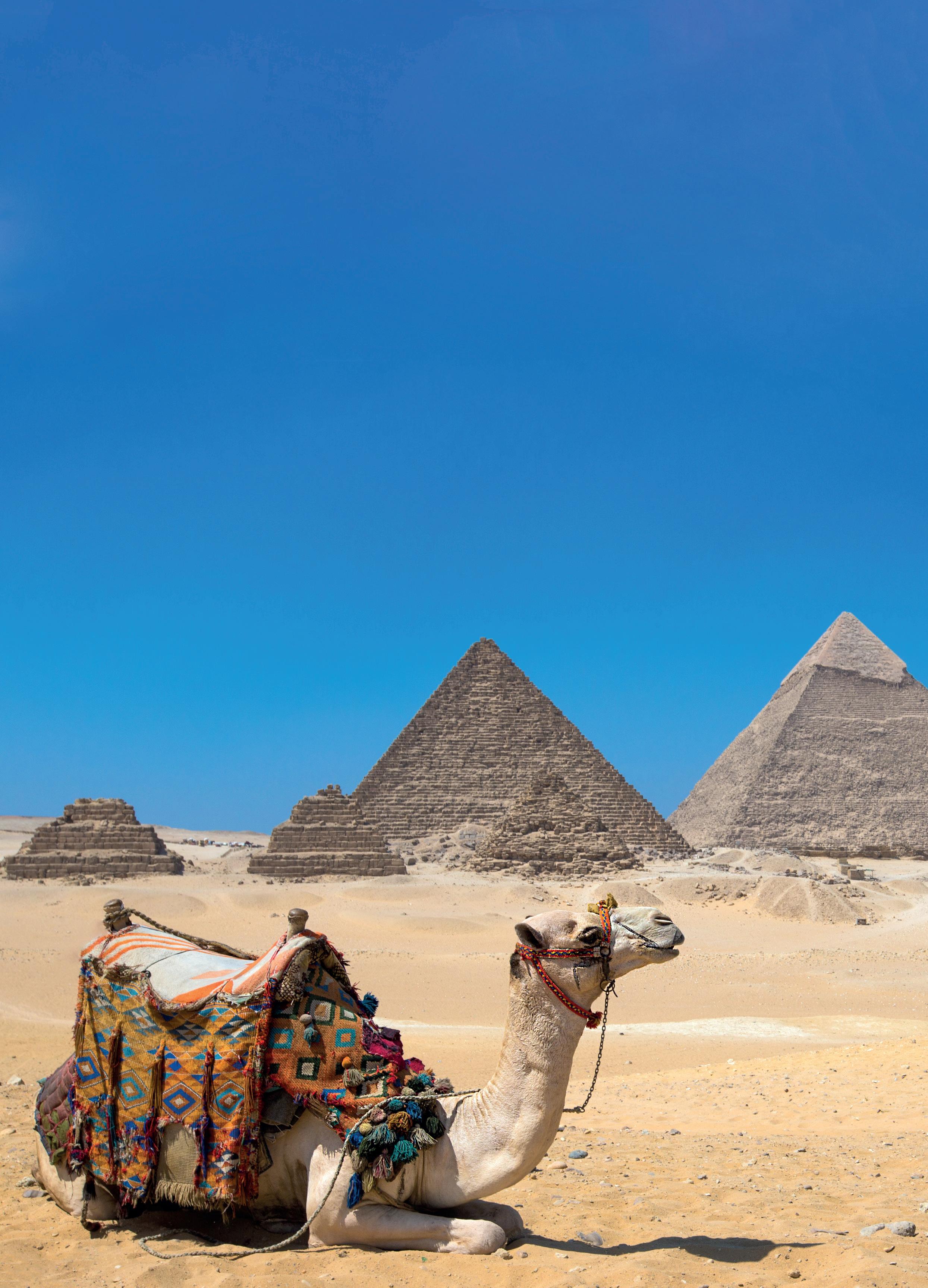
14 minute read
Extracting Africa’s Mining Potential
Boris Ivanov, Emiral Resources Ltd, UAE,
provides insight into the potential for Africa’s mining industry to drive economic growth and development on the continent, and in the global energy transition.
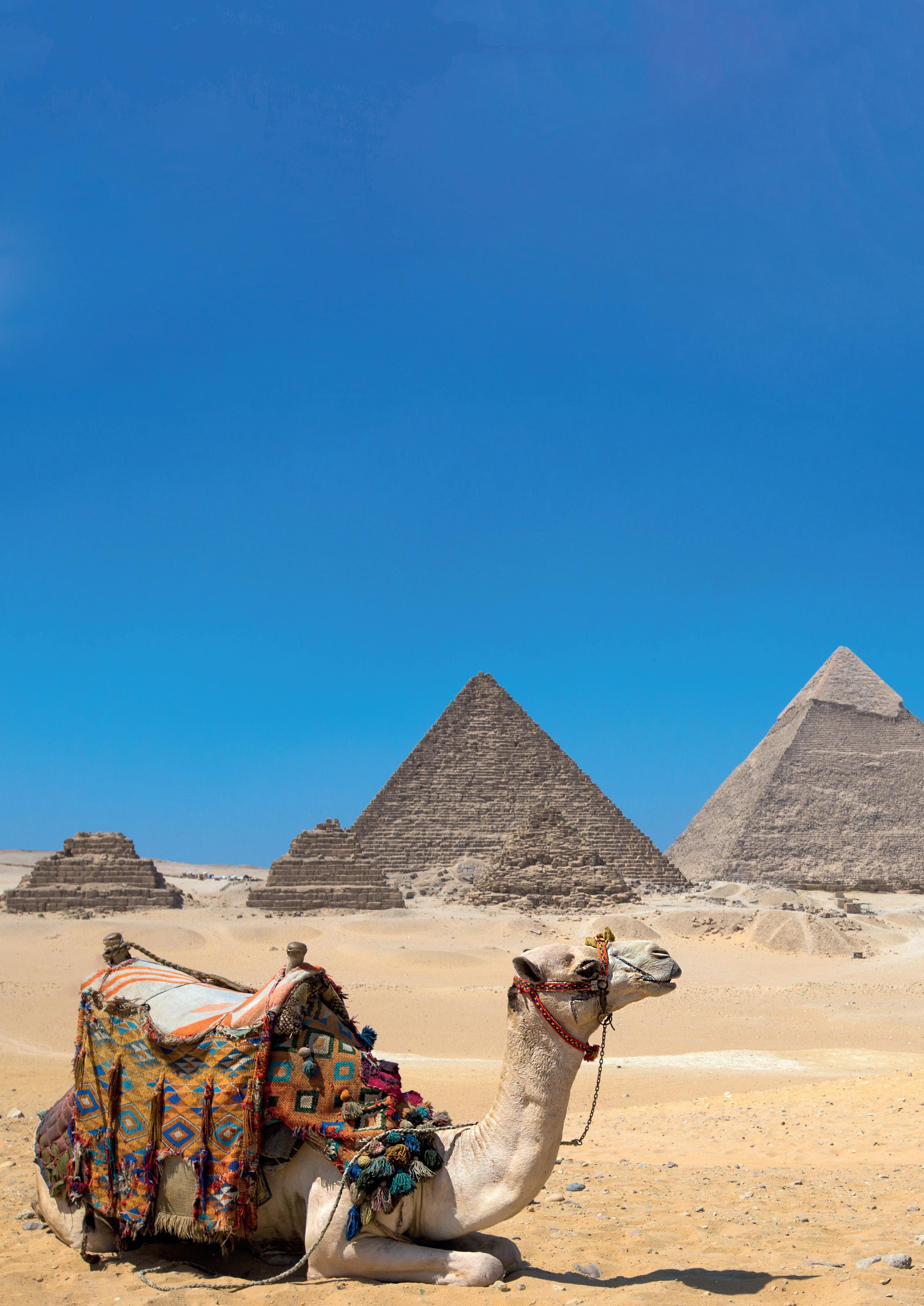
Africa is endowed with abundant mineral resources, including: gold, silver, copper, uranium, cobalt, and many other metals which are key inputs to manufacturing processes around the world. The mining and extractive sector has contributed (and continues to provide) a significant share of Africa’s annual exports, revenue, and GDP. In 2019, minerals and fossil fuels accounted for over a third of exports from at least 60% of African countries.1 Clearly, the mining and natural resources sector is critical in driving economic growth and development on the continent.
Africa is thought to have some of the largest remaining untapped reserves. Given the lack of systematic geological mapping and exploration, the full extent of Africa’s mineral base remains unknown, even though the race for the continent’s mineral wealth has been raging for over two centuries. Today, mineral exploration and production are helping to redefine geostrategic relationships between Africa and the rest of the world, as the major emerging markets – namely, China, Brazil, and India – are increasing investments in Africa’s resources. Growth in Chinese investment is particularly visible. Excluding 2020, which was affected by the pandemic, annual Chinese budgets directed to exploration in Africa over the past decade has been an average of US$75.5 million. Africa accounted for 12.3% of Chinese companies' total exploration budget in 2020, up from 8.1% in 2011.2
Furthermore, as concerns about global climate change continue to fuel transitions to renewable energy, Africa is poised to benefit since the continent is home to reserves of many of the metals and minerals critical in clean energy production. Demand for these minerals is expected to increase substantially in the near future, because they are required in the production of batteries, wind turbines, and solar energy. Even though global climate change presents some challenges to the mining industry, it also creates an opportunity for investors to benefit from increased global demand for minerals required for this transition to clean energy.
Africa’s mining sector has evolved in recent years, with multinational companies at the forefront of the sector’s growth. Most mining companies in Africa are internationally operated, with headquarters and stock listings in Johannesburg, London, Toronto, and Sydney. Uranium, in particular, has attracted numerous multinational companies to explore and export to Europe, the Americas, and Asia. Australia has recently shown a keen interest in investing in the extractive sector in Africa, and the number of Australian companies involved in exploration and production of minerals has steadily increased over the past two decades. The African mining sector is therefore comprised of various interconnected local and global players.
Moreover, emerging economies (as well as multinationals) are catching on to Africa’s resource boom of the past decade and the continent’s potential to remain dominant on the global market. India, Russia, and Brazil are expanding in Africa’s mineral resource sector, increasing their investments and becoming more competitive for rights to known-resource-rich and unexplored land. Africa still offers low costs of production, and the continent’s growing workforce provides a further incentive to expand operations.
Under-explored mineral resources
Kenya
Kenya has one of the highest potentials in unexplored mineral resources. The economy is booming, with mining currently considered by industry analysts to be one of the key opportunities for investment. In 2018, the mining sector contributed less than 1% to Kenya’s total GDP, but the Kenyan government is working towards growing the mining sector’s GDP contribution to as much as 10% by 2030. This suggests the sector will likely experience a favourable investment and regulatory climate.
Kenya already has a well-developed mining subsector focused on industrial materials – including limestone, marbles, soda ash, fluorspar, and dolomites – that help to support growth in manufacturing and construction. Growth in domestic cement production is expected to increase rapidly in the near future in order to support the government’s ‘Vision 2030,’ which has dedicated substantial investment to infrastructure and construction projects. In addition to the wealth of non-metallic commodities already being exploited, recent discoveries of rare earth deposits along the coastal region, which are relatively cheap and easy to transport to seaports, are valued at approximately US$62.4 billion, placing Kenya among the top five countries in the world for such reserves.
In July 2021, the Australian mining company, Base Titanium, was granted a license to extend its mining operations by one year. It currently has 15 months remaining (mine life) at its current licensed area, whose operations are expected to cease in October 2022. The company, which commenced production in late 2013, accounts for 65% of Kenya's mineral exports. The company is also keen to further expand its operations, having applied for three prospecting licenses for the Ramisi area in Msambweni, the Kuranzi area near the Kwale-Taita Taveta Counties border, and Lamu. It acquired a prospecting license covering 136 km2 in the Vanga area, towards the Kenya-Tanzania border of Lunga Lunga, which was approved by the Mineral Rights Board and issued in December 2018.
The exploration results will determine the company's investment decision affirming its commitment to continue operating in Kenya. Once the prospecting licensees are issued, they will invest in exploration activities. It is a long and high-risk process because very few exploration programmes turn into actual mines.
Egypt
Whilst renowned for its Pharaonic gold jewellery, Egypt has only one gold mine in operation and, unlike Egypt’s existing natural gas sector, the country’s mineral wealth remains largely unexplored. With the price of gold remaining high and an attractive long-term investment, Egypt has begun to evaluate its own gold production strategy and reform mining rules.
Previously, Egypt’s regulations around profits and royalties made it difficult to explore minerals. However, in January 2020, the government announced new mining rules which meant that miners no longer need to form joint ventures with the government. The reformed rules also limited state royalties to a maximum of 20%. As a result, the lure for foreign investors in Egypt’s mining opportunities is becoming more attractive with several companies exploring options, particularly in gold.
Egypt’s only commercial gold mine is Centamin’s Sukari, an Australian owned mine which contributes up to US$900 million/yr to the country’s GDP.
While other countries and companies can benefit from Egypt’s plentiful reserves, the country is also in need of external exploration and engagement. From satellite photography, aeromagnetic studies and other modern exploration methods, searching for gold in the 21st century requires advanced technical capabilities. Therefore, investment by foreign companies is crucial, due to their longstanding experience in gold mining around the world and access to a range of technologies.
In June 2020, Egypt’s Ministry of Petroleum and Mineral Resources revealed the discovery of a gold deposit with estimated resources of 1 million oz in the Eastern Desert, on a mining concession run by the state-owned Shalateen Mining Co. The Ministry announced that it expected more than US$1 billion in investments related to the development of the deposit over the next 10 years.
In November 2020, the country awarded 82 exploration blocks to 11 companies, including seven international enterprises, with the winning companies – including Barrick Gold, AKH Gold, Lotus Gold, and Centamin – reportedly receiving 29% of the gold blocks.
Egypt’s mining drive is still at an early stage; the blocks on offer are located in one of the most mineral rich areas in the world. Based in the Arabian-Nubian shield geological formation, which flanks the Red Sea, the opportunity for investors is lucrative. Just this year, Naguib Sawiris, a high-profile Egyptian businessman, announced he will be investing in the country’s gold ambitions, further demonstrating the appeal of tapping into the underdeveloped resources of Egypt. In July 2021, he set up a US$1.4 billion gold mining fund. While a substantial part of his net worth is in gold, Sawiris believes there will be more opportunities in the gold mining sector, which is “fragmented and needs further consolidation”.3
On 27 July 2021, The Ministry of Petroleum and Mineral Resources announced that it had signed four contracts with
Barrick Gold for gold exploration in the country's Eastern Desert. It will be the company’s first investment in Egypt. With mining majors and enterprises looking to extend and balance their exploration strategy in prospective and unexplored mineral belts, Egypt may see the rebirth of its golden era.
Egypt offers an exciting new wave of potential for mining commodities. Moreover, whilst gold prices have eased after reaching a record in 2020, economists expect they will remain high by historical standards over the coming years. Therefore, if several discoveries are made because of these newly awarded mining contracts, Egypt could become one of the largest international gold producers. Provided that Egypt can maintain strong investment conditions, the potential for gold mining and exploration is immense.
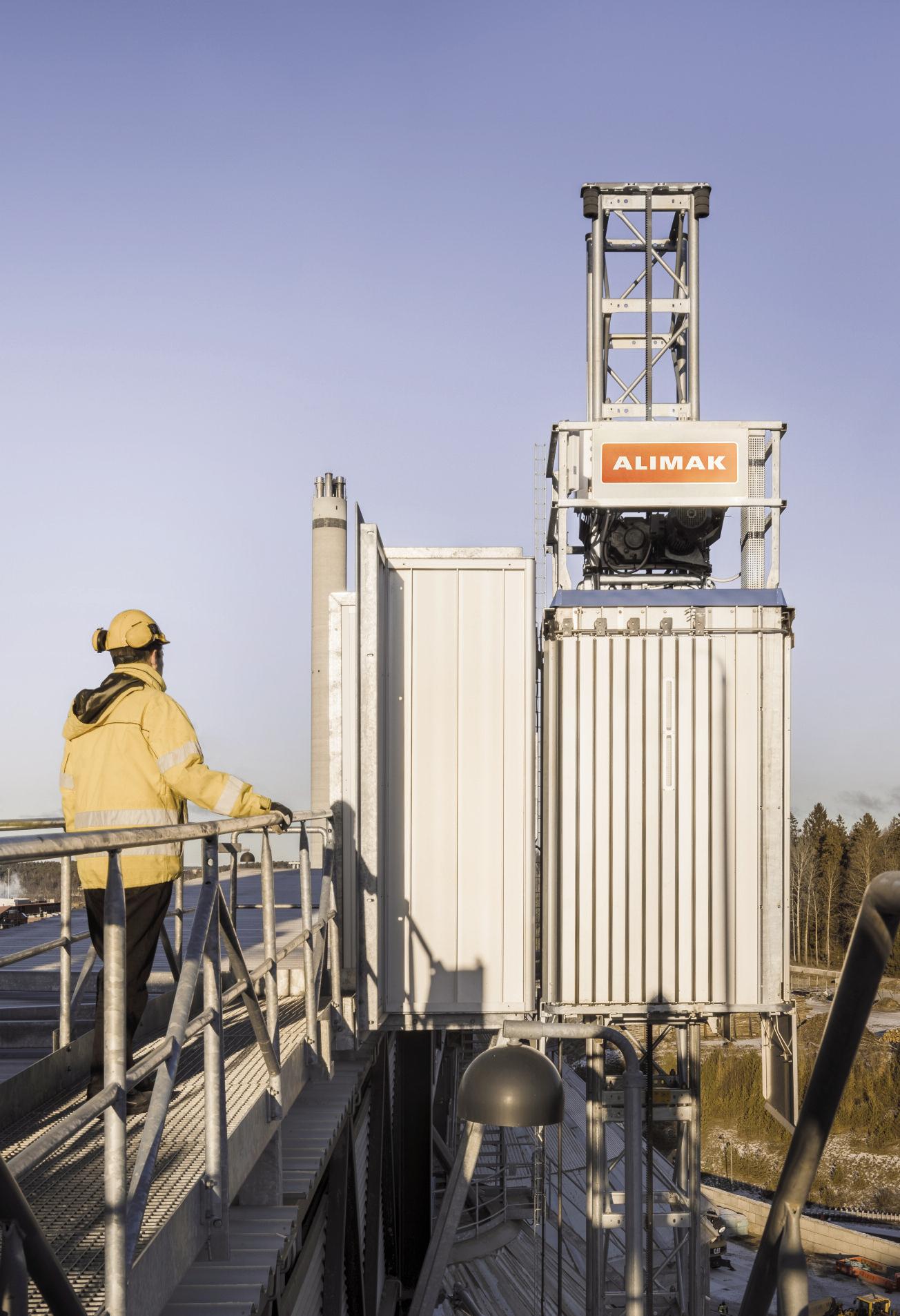
Morocco
Morocco’s mining sector is very much developed for phosphates, but is still underexplored for other minerals. Overall, mining contributes 9% of the country’s GDP, represents 30% of its exports, accounts for the majority of its sea and rail freight, and employs over 40 000 people.4
Morocco has two-thirds of the world’s phosphate reserves. The OCP Group (Office Cherifien des Phosphates) is a state-owned enterprise responsible for exploring, exploiting, and exporting phosphates.
Aside from phosphates, an estimated US$400 million was injected by private companies in the sector. Key minerals include zinc, fluorine, barite, cobalt, bentonite, copper, iron ore, manganese, silver, gold, uranium, and rare earth elements. The Moroccan government’s objective is to significantly raise the share of non-phosphate mining activities within the mining sector.
Several multinationals are also active in the mining sector. Canadian mining company, Maya Gold & Silver, focuses on gold and silver mining in the kingdom, and it has so far produced 304 206 oz of silver from the Zgounder mine, 260 km east of Agadir. Australian company, Kasbah Resources, is also present, developing the Achmmach and the Bou El Jaj tin projects in northern Morocco. The company recently signed an agreement with UK-based Moroccan Minerals to form a new joint venture at the Tamlalt gold project.
Over the past several years, a bold government strategy has been set in motion with the aim of increasing production and export volumes in non-phosphate mining. Under the 2015 – 2020 National Strategy for Mining Sector Development, the government aims to nearly triple the industry’s revenue to reach AED 15 billion (US$1.6 billion) by 2025 and generate 30 000 additional jobs.
The plan also seeks to develop a comprehensive geological map of the kingdom. To this end, investment in exploration and mining research will reach AED 4 billion (US$430 million). Given that only 30% of the country has been surveyed to date, the government included the creation of a National Geological Survey into its 2015 – 2020 mining development strategy, with the aim of accelerating the mapping of Moroccan territory and assessing its mining potential. Greater exploration has the potential to significantly increase the country’s reserves and activity.
ALIMAK INDUSTRIAL ELEVATORS
ELEVATE OPERATIONAL EFFICIENCY
The Alimak elevator is the perfect solution for both underground and surface mining applications, such as pelletizing plants, smelters, concentrators, and other ore processing plants. Alimak elevators have been enhancing operational efficiency and safety for the global mining industry since 1957. • Built to perform in the world’s harshest environments • Enhances operational efficiency, HSE performance and reduces maintenance costs • Unparalleled track record in reliability and durability Visit our website for further information.
The sector strategy also seeks to modernise mining regulations – something that a new mining code adopted in July 2015 set out to do. Long governed by a mining code adopted in 1956, the new law put into force after years of discussion aims to expand the country’s mining industry, especially focusing on underdeveloped mineral resources. The new code sets out to improve resource development by increasing the number of exploration permits. The size of new exploration permits is also set to increase and will allow for prospecting licenses for larger areas of between 100 – 600 km2 . This has led to an increase in the number of international companies in both exploration and mine development. The new code is expected to attract several juniors and some majors to Morocco for exploring larger surface areas on highly advantageous terms, including tax incentives.
Despite the continuing decline in global metal and mineral prices, Morocco’s mining industry has fared well by applying cost-cutting measures and increasing production, while turning towards sub-Saharan African markets. Should the new code succeed in attracting foreign investors and boosting production, the future for Moroccan mining is expected to be bright for the foreseeable time.
Conclusion
Africa is bestowed with abundant mineral resources, including gold, silver, copper, uranium, cobalt, and many other metals which are key inputs for several industries, processes, and products. Some of these resources are critical minerals in the climate race to net zero emissions. The mining and extractive sector has contributed and continues to contribute a significant share of Africa’s exports, revenue, and GDP annually. It is a major source of employment and a catalyst for driving economic growth and development in these countries. Africa offers huge potential, but, in order to unlock this fully, it must overcome the obstacles that hamper the development of the industry. This includes high levels of political instability, resource nationalism, and often complex and opaque regulations. To prosper, governments, the private sector, and other key players must work together to adopt best mining practices from an environmental, economic, and social standpoint. This means also investing in the right skills, infrastructure, energy, water, and, in general, creating an enabling environment for exploration, mine development, and production. This will ensure resource benefits are maximised for all and long-term sustainable outcomes are created.
References
1. ‘Africa Energy Outlook 2019’, International Energy Agency, https://www.iea.org/reports/africa-energy-outlook-2019 2. YAO, S. and HOLDEN, J., ‘Chinese foreign mining investment –
China’s private sector eyes low-cost regions’, S&P Global, (2021), https://www.spglobal.com/marketintelligence/en/news-insights/latestnews-headlines/chinese-foreign-mining-investment-8212-china-s-privatesector-eyes-low-cost-regions-63066809 3. ‘Egyptian billionaire Sawiris sets $1.4 bn gold mining vehicle’,
The Financial Times, https://www.ft.com/content/5cc8e9a5-3c2a-40a0b795-e526dbb31104 4. ‘Mining to Morocco’, Australian Government; Australian Trade and
Investment Commission, https://www.austrade.gov.au/australian/export/ export-markets/countries-and-economies/morocco/industries/mining
KNOW YOUR LIMITS

30 years experience on the global market Innovative ideas and quality products Tailored solutions for each customer Competent customer service
www.cemtec.at
Tel.: +43 7223 83620-0 info@cemtec.at

Connecting mining corporates with international investors


Mines and Money Online Connect brings together miners, investors, financiers and industry professionals to network, hear market analysis, compare investment opportunities, share knowledge, discuss, debate and most importantly do business, all in a virtual and online format.




TheThe 72-hour events offer senior management teams of mining companies the opportunity to continue to connect and meet face-to-face with carefully qualified investors from institutional funds, private equity groups, family offices and private investors to discuss project updates and share presentations virtually. WithWith an unrivaled network of thousands of international investors, these events are the place where professional investors meet exciting explorers on the cusp of the next big discovery, near-production development companies and cash generative producers to discuss their next big mining investment.



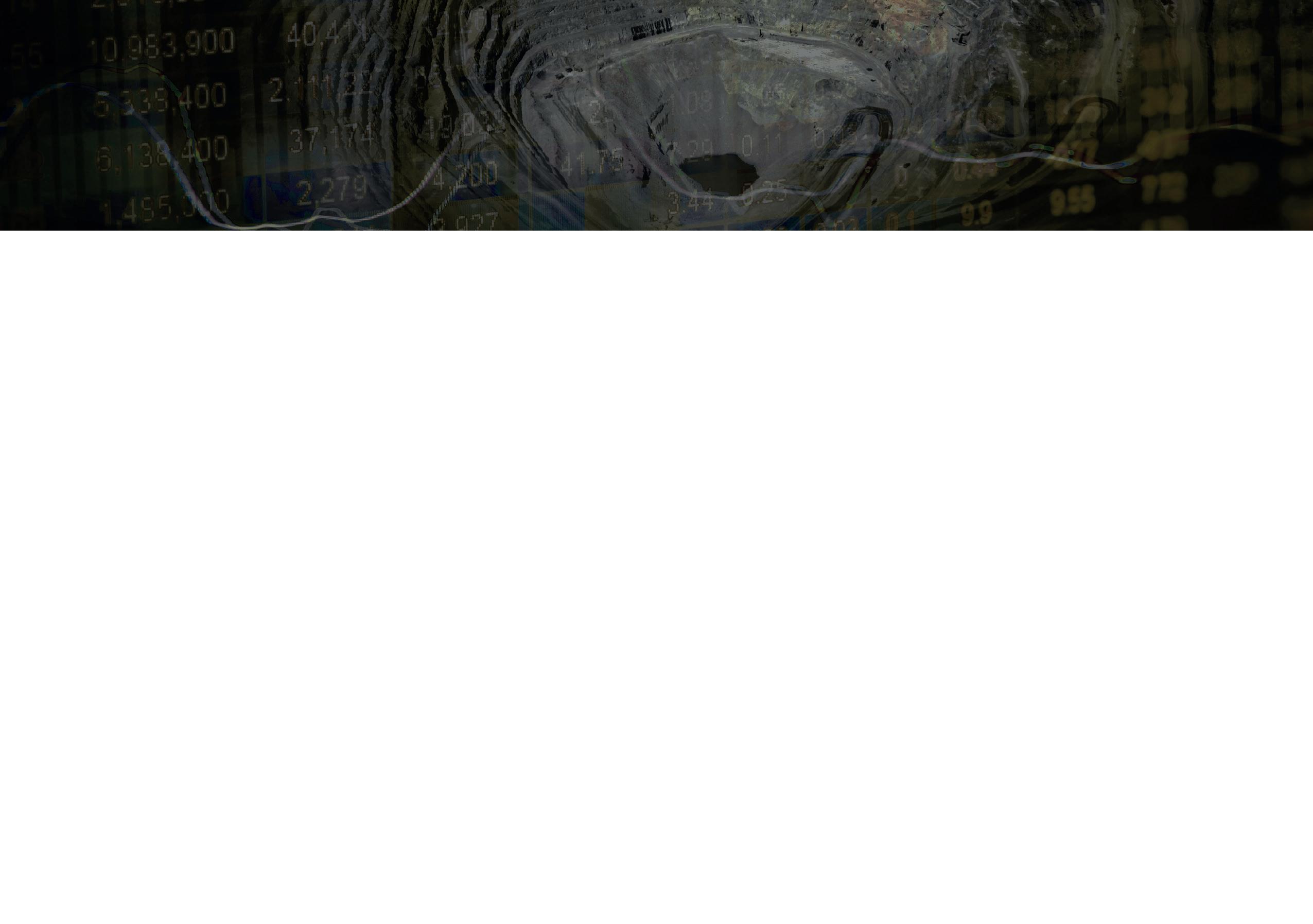
Log in online to listen to keynote presentations, panel discussions and pitch battles, participate in lucrative video meetings and connect with the leaders of the global mining and investment community.

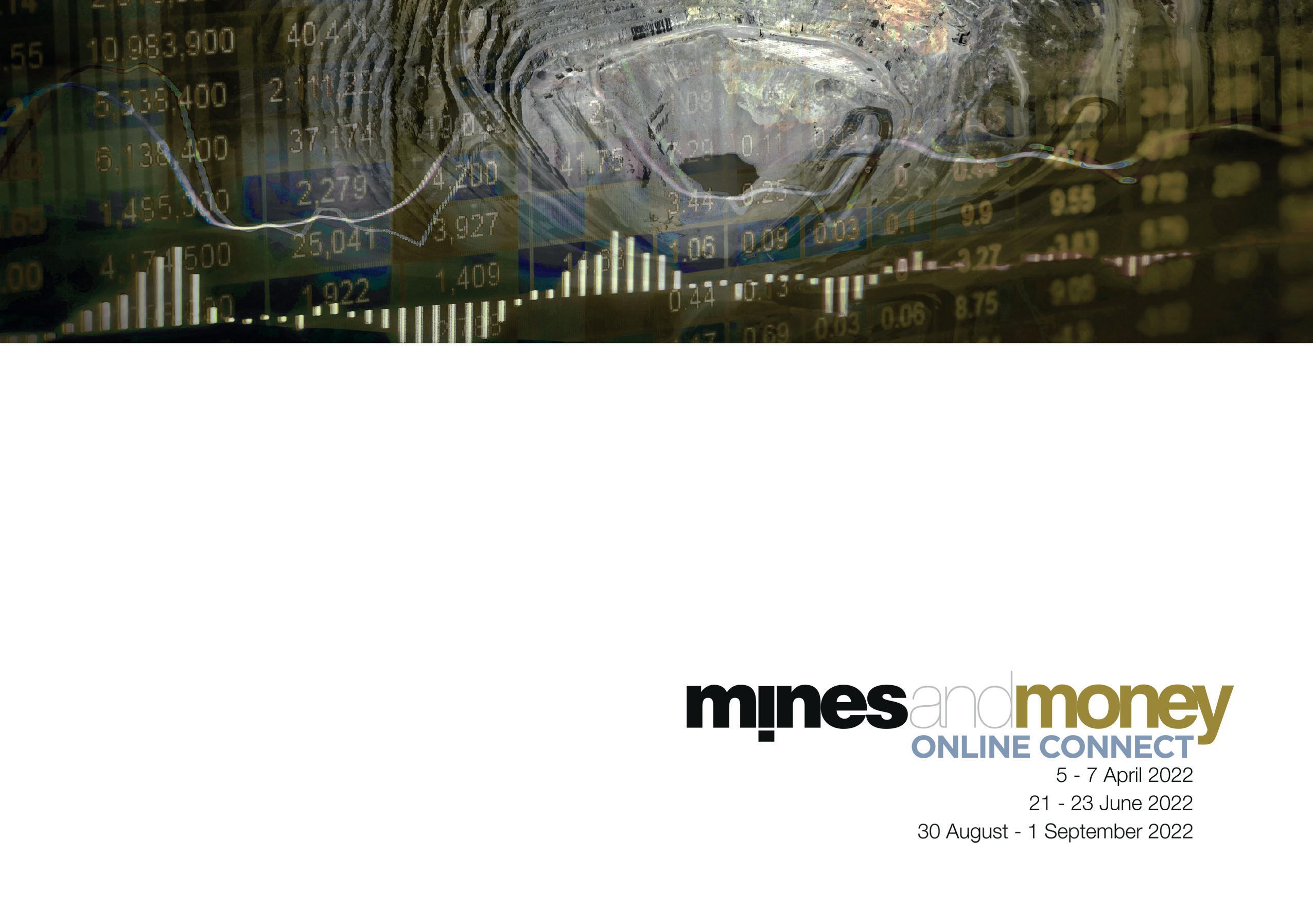
Visit minesandmoney.com/online to claim your complimentary pass.
Advert Index
70 ABC 69 Alimak 37 ALLU 21 BEUMER Group 71 CEMTEC Cement & Mining 13 CICSA 46 CIM 2022 Convention & Expo 39 Cincinnati Mine Machinery Co. 33 CNSME Slurry Pump 02 Dyno Nobel OFC, 40 & 41 Epiroc 04 Freeport-McMoRan 66 Global Mining Review 29 Hägglunds 49 Innovative Wireless Technologies 53 Investing in African Mining Indaba IBC Jennmar
IFC Maestro Digital Mine 65 M.A.T Malmedie Antriebstechnik GmbH OBC Metso Outotec 62 Mines & Money London 72 Mines & Money Online Connect 17 MMD 15 Motion Metrics 61 Nalco 07 Orica 57 RIEGL 45 Stantec 25 TotalEnergies 09 Weir Minerals










